Astronaut Chris Hadfield on Next Steps for Space Exploration
Returning to the moon is the obvious next step for NASA and the global space exploration community.
In his conversation with retired astronaut Chris Hadfield for the Bay Area Science Festival last week, Adam turned the microphone to the audience at NASA Ames to let attendees ask the Colonel some questions. A Google employee referenced Google X’s moonshot division and asked Hadfield what he thought the next moonshots in space exploration should be. Was it reaching Mars, or doing something with media in space? Here was Hadfield’s response:
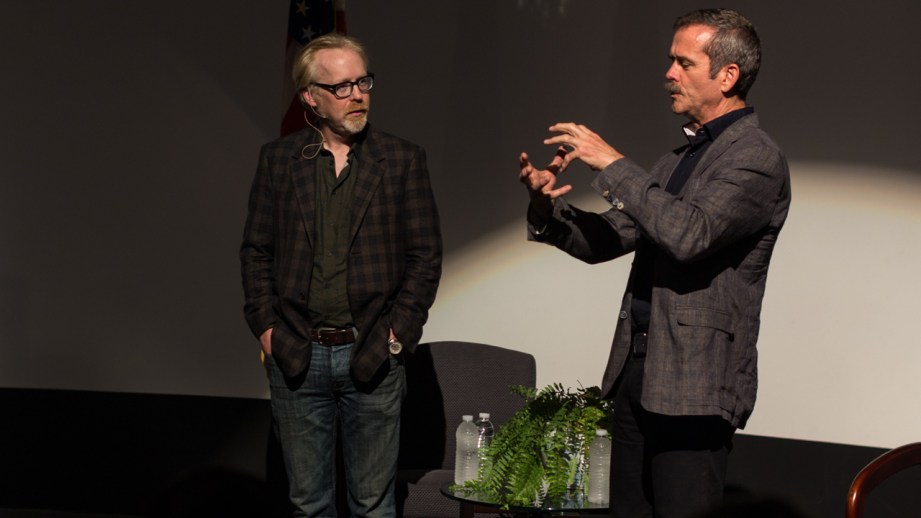
“I look back in history when I try to predict the future or talk about where we’re going next. There are really good historical examples of how we explore. We almost invariable send out a probe–I look back at my family’s history and in 1826 my family in southern Scotland sent out a probe. And the probe was their 19 year old son, and his job was to go to a new place, have a look at whether it was habitable or not, what really existed there, and come back, report on it, and see if that’s a place the family should go or not.
And [my ancestor] went to Montreal. He crossed the Atlantic, spending 70 days on a ship. People were dying all over the ship. It was a really rough crossing. They got to North America and he saw there was opportunity, got through all the problems, came back, and his family decided to come across and settle in the new place based on the conditions the ‘probe’ had reported back.
A hundred years later, we started sending probes to Antarctica. And you would read about the people who died on that trip; the people who got trapped in the ice. But then technology came along and it became easier–you could fly down to the South Pole in a day. You could maybe live in Antarctica in the warm areas year-round. And then you could eventually live at the South Pole year-round. It started with probes, but then we started staying longer and longer, until now, almost a hundred people live in the South Pole year-round.
We’re now a hundred years past that and 13 years ago this month we left Earth. And the first crew–Expedition 1–representing the best of 15 leading nations of the world stopped living on the planet. Started living away from the Earth [on the International Space Station]. And that’s the result of the probes that we had been sending 40 years prior. We’re just starting to sail within sight of land, only 250 miles up. But we are now figuring out all of those things we need to learn to permanently live away from the planet. There’s a lot of stuff we didn’t get right–I still have some osteoporosis in my body because our exercise equipment isn’t advanced enough yet. And I had to fixed the toilet, gosh, I don’t know how many times. We need a closed loop system before we can go further. We can’t constantly bring water on the way to Mars. We need a perfectly closed-loop system and we’re figuring out how to get that to work.
But we’ve sent a lot of probes to each planet in the Solar System, basically. We’ve got something driving around on the surface of Mars, we’re orbiting Mercury, we’ve got something on its way to Pluto right now. We’ve sent a lot of probes, including one successfully from here [NASA Ames] to the Moon. And we’ve even sent people to the Moon, as probes.
“To me, obviously what’s going to happen is once we’ve learned enough on the space station, we’ll go back to the Moon.”
So, to me, obviously what’s going to happen is once we’ve learned enough on the space station, we’ll go back to the Moon. It’s obvious. It’s 3 days away. We’re not going to ignore the Moon and launch a hairbrained one-off adventure–at least not anything more than a probe–to anywhere else in the solar system. It just doesn’t make sense. We need to learn so much on the Moon. We need to learn power generation. We need to learn resource usage and management. We need to learn navigation. We need to learn closed-loop environmental systems. We need to learn surface dust. We don’t know much about the Moon, really. We’ve never really lived there. We just sent a few probes. So we have a whole generation of learning to do, including engines to take us further. There’s a great place on the Moon to vacuum test engines, ion engines, or whatever we come up with. I think the natural progression is from low-Earth orbit to the Moon–learn a lot of stuff there–and from there we’ll be able to go further.
One of the great probes in history was Columbus going across the Atlantic. He couldn’t get funding. He had to get an international crew and international funding. And it was kind of one-off. And he didn’t settle in North America. He didn’t do all the things to make it habitable. He just showed the way. The International Space Station would have never survived if it hadn’t been an international [effort]. If fact, if you look back, we never would have gone to the Moon if it hadn’t been a proxy extension of the Cold War with the Soviet Union and the US. And if a popular President hadn’t made a big mandate, and if he hadn’t been subsequently shot. We never would’ve gotten to the Moon. And even as it was, Nixon was canceling Moon landings even before we got the first Moon landing done. You can’t build something that long and that complicated that will outlast multiple Presidential administrations because of all the political pressures the Presidents are under. You have to somehow tie it to a longer-term theme, and the only way to do that, as proven by the International Space Station, is make it an internationally-committed program, where you have inter-governmental agreements that are unbreakable.
So I see the next step to be an extension of what we learned with the International Space Station, and to mount first unmanned, and then semi-man tended, and then permanent presence on the Moon as a global human venture, which with any logic at all, will also include China.”
More from Adam’s conversation with Chris Hadfield at NASA Ames tomorrow, including Hadfield’s reasoning for why we need a space program.
2 thoughts on “Astronaut Chris Hadfield on Next Steps for Space Exploration”
Leave a Reply

One Day Builds
Adam Savage’s One Day Builds: Life-Size Velocirapt…
Adam embarks on one of his most ambitious builds yet: fulfil…

Show And Tell
Adam Savage’s King George Costume!
Adam recently completed a build of the royal St. Edwards cro…
All Eyes On Perserverance – This is Only a Test 58…
We get excited for the Perserverance rover Mars landing happening later today in this week's episode. Jeremy finally watches In and Of Itself, we get hyped for The Last of Us casting, and try to deciper the new Chevy Bolt announcements. Plus, Kishore gets a Pelaton and we wrack our brains around reverse engineering the source code to GTA …
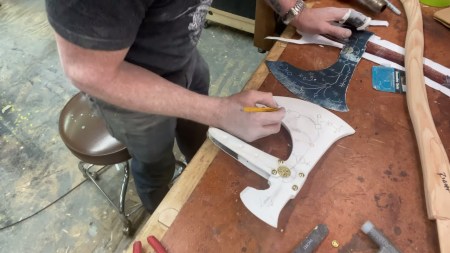
Making
Adam Savage in Real Time: God of War Leviathan Axe…
Viewers often ask to see Adam working in real-time, so this …

One Day Builds
Mandalorian Blaster Prop Replica Kit Assembly!
Adam and Norm assemble a beautifully machined replica prop k…
House of MCU – This is Only a Test 586 – 2/11/21
The gang gets together to recap their favorite bits from this past weekend's Superb Owl, including the new camera tech used for the broadcast and the best chicken wing recipes. Kishore shares tips for streamlining your streaming services, and Will guests this week to dive into the mind-bending implications of the latest WandaVision episod…

One Day Builds
Adam Savage’s One Day Builds: Royal Crown of Engla…
One of the ways Adam has been getting through lockdown has b…

Making
Adam Savage Tests the AIR Active Filtration Helmet…
Adam unboxes and performs a quick test of this novel new hel…

Making
Weta Workshop’s 3D-Printed Giant Eyeballs!
When Adam visited Weta Workshop early last year, he stopped …

One Day Builds
Adam Savage’s One Day Builds: Wire Storage Solutio…
Adam tackles a shop shelf build that he's been putting off f…






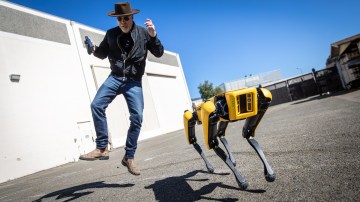



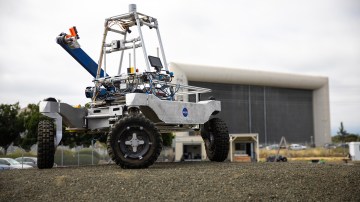
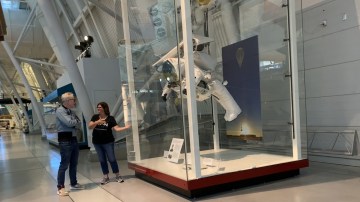

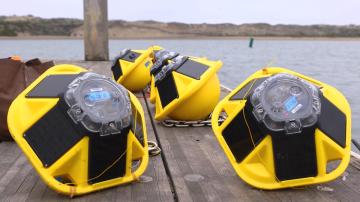
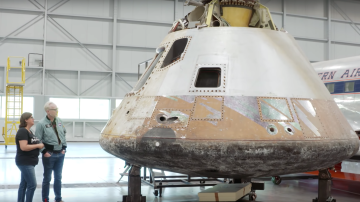
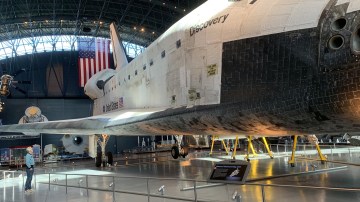
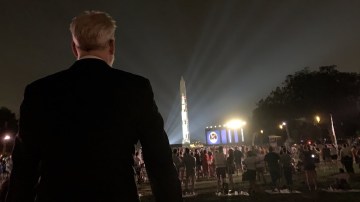
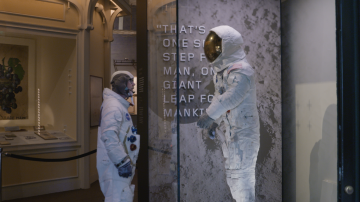
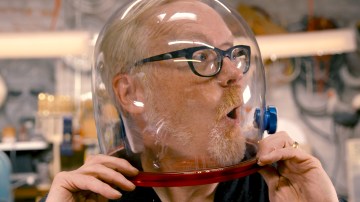
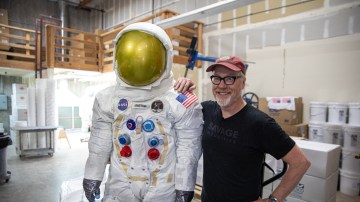
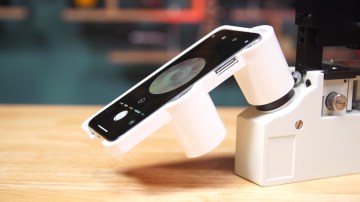
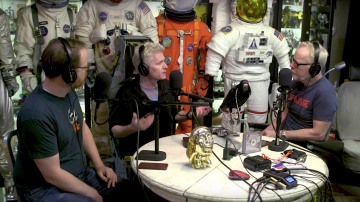
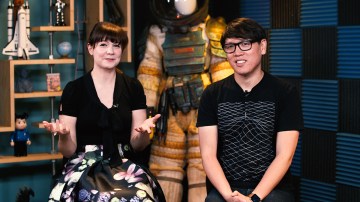
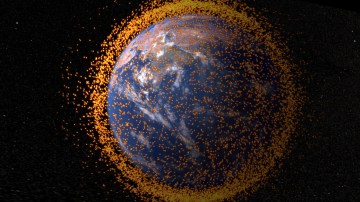
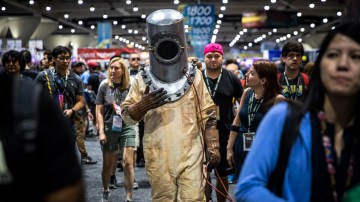

Wow- that is an outstanding response.
Really enjoying these snippets so far, hopefully NASA will release a complete video of the interview.